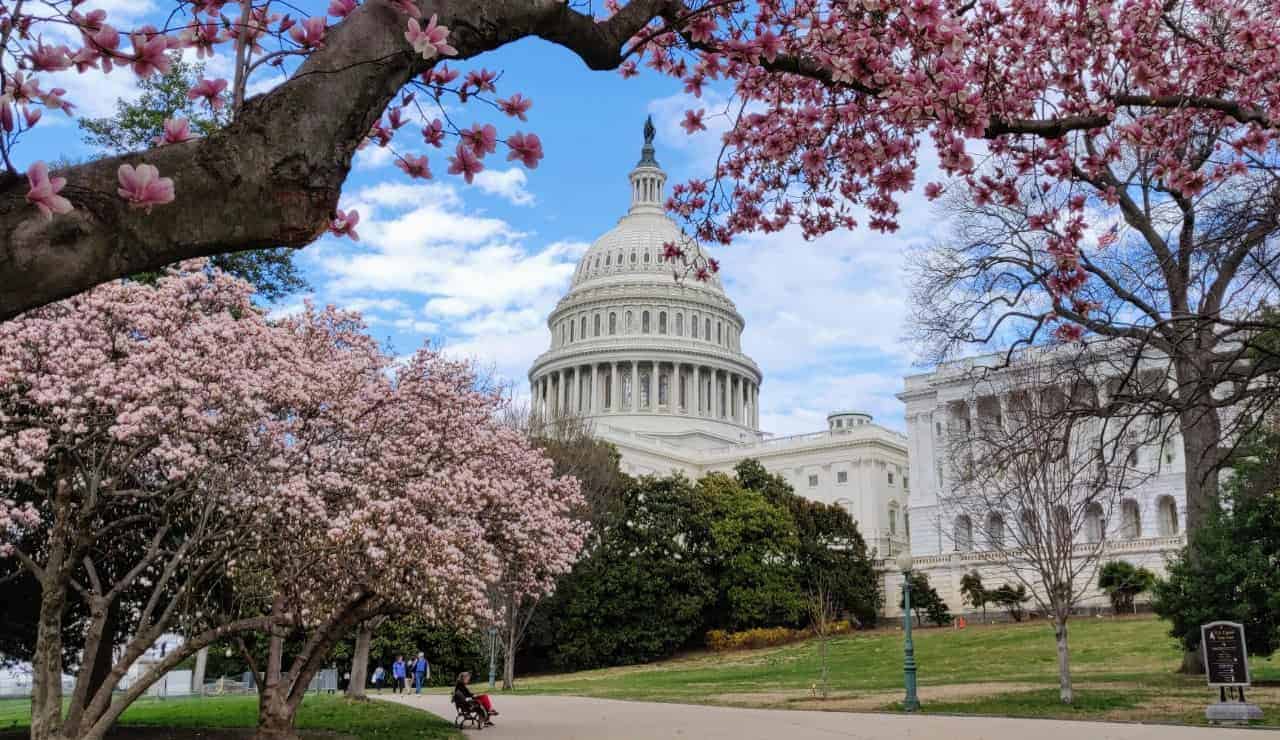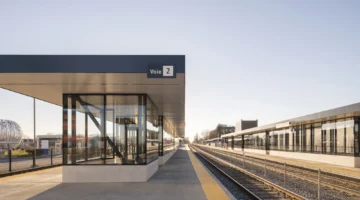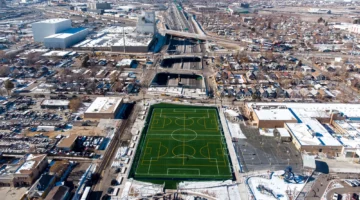The response to the Capitol attack demonstrates that even civic buildings can inhabit the realm of sacred architecture: As the building and grounds were secured and the terrorists removed, reactions poured forth … Many … of shock and disgust were expressed in language typically reserved for holy places […] Unlike any other building in Washington, D.C., the capitol was designed to be a symbol of the belief in this country that democracy is a sacred undertaking. Domestic terrorists believing that their destructive behavior could mortally wound this temple and what it stood for. But they are wrong, desecrated and defiled places believed to be sacred can be repaired restored…

"For most people, calling a place “sacred” designates it as an important location, one usually associated with spirituality. It might be the setting for religious rituals (the sacred space of a church, synagogue, or mosque), a spot where some event described as “miraculous” has occurred (such as the reported sighting of the Virgin Mary in Lourdes, France, which became a pilgrimage site), or a place which held the body of deity (think of the Church of the Holy Sepulchre in Jerusalem, built upon what is believed the be the tomb of Jesus Christ).
But it’s also possible to think of a secular place as sacred. We were reminded of this in the aftermath of the tragic, violent events of January 6, when a mob of domestic terrorists attacked the U.S. Capitol building, in which a joint session of Congress had convened to certify the Electoral College votes for the 2020 presidential election. These domestic terrorists—whose actions, I might add, were both prompted and promoted by the nation’s highest office holder—breached doors on the Capitol’s east portico, smashed windows, wandered through hallways and staircases past historic relics, and occupied the Senate chamber (one seditionist lounged on the Senate dais, which had been occupied by the Vice President only minutes before), trashing these spaces in the process. Several people died, and a Capitol Police officer was killed, as a result of this mob assault.
As the Capitol building and grounds were secured and the terrorists removed, reactions poured forth: on websites and social media, in radio and TV broadcasts, and in print. Many of these responses of shock and disgust were expressed in language typically reserved for holy places, a good indication of how this landmark of national civic architecture is transcendent. In his remarks on the Senate floor, Senator Dick Durbin said that the Capitol was “a sacred place … desecrated by a mob. This temple to democracy was defiled.” Representative Mario Diaz-Balart described the Capitol as “the center and sacred symbol of democracy.” Senator Patrick Lahey noted that the invading terrorists had “defiled” the building. In the aftermath, during a press conference, House Speaker Nancy Pelosi described the Capitol as “the temple of our American democracy.” Former President Barack Obama bemoaned the “desecrated chambers of democracy,” while President-Elect Joe Biden said that we “grieve the desecration of the people’s house.” Columnist Mario A. Loyola wrote that “hallowed ground was violated today by an unspeakable sacrilege.”
Talking of this building in such ways clearly demonstrates that the U.S. Capitol is something more than just a legislative facility. Because it has been a setting for, and witness to, historical events and the deliberative democratic process, it has taken on a sacred mantle. (This is not to ignore the fact that the building holds a complex history in its design and development during America’s first century, not to mention numerous unspeakable acts of cruelty supported by legislation enacted within it, just as horrific events have been perpetrated by and given the blessing of religious organizations around the world for centuries).
Unlike any other building in Washington, D.C., the U.S. Capitol is designed to be a symbol of the belief in this country that democracy is a sacred undertaking. The building’s architecture includes neoclassical elements derived from Greek and Roman temples, symbols of the birthplace of democracy and of the earliest republic. Originally, domes were reserved for religious buildings, but in the 18th and 19thcenturies they began to appear on structures of civic importance as a symbol of power and unity, to lend a sense of sacredness to the democratic process. The dome on the U.S. Capitol was a later addition to the building, started some 60 years after construction commenced in 1793. For Lincoln, who frequently spoke of the country in religious terms, the dome was an important symbol of the survival of the Union, which is why he insisted that its construction continue during the Civil War. "




